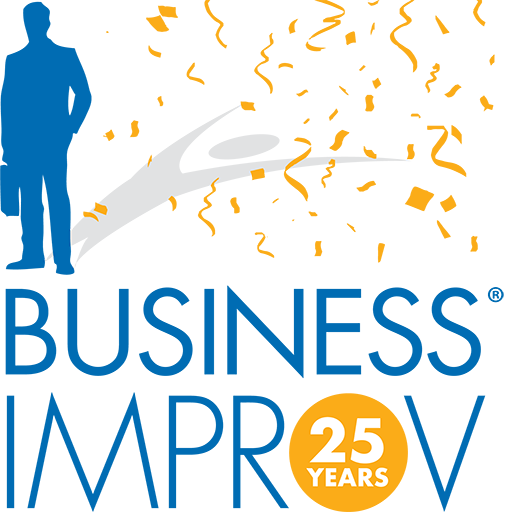
If you are a professional in the United States, it’s possible that I have frightened you with improv.
I teach workshops with Business Improv®, and part of my job is to push people outside their comfort zones in order to help them generate better ideas and communicate well with their entire teams. Part of the fun of the classes is watching the students have “Oh!” moments one by one. While no method resonates with everybody, every student walks away with some useful insight or technique that they can apply to their work.
Before class, however, the skepticism is palpable: This might be a fun day, but how practical can these techniques really be? How practical? How about practical enough for surgery?
Recently I interviewed surgeon William Tseng, MD, of Keck Medicine of USC for another piece, and I realized that, without any improv training at all, he routinely uses several of the principles I teach.
Dr. Tseng is an internationally recognized expert on liposarcoma, a rare cancer that affects fewer than 1% of cancer patients. Liposarcomas are challenging to treat because the abdominal tumors can grow to well beyond 30 pounds, pushing them into contact with multiple organs and major blood vessels. The surgeries are intricate procedures that require complete focus for many hours.
Tseng has to use a kind of creative improvisation with every surgery, because every case is different. Even the best CT scans may not prepare him for everything he’ll find and every issue that will come up. But he uses the principles of improv in lots of other ways, from communicating with his team to prepping for surgery.
After he locked down a promise that I would not make him do any comedy, Tseng kindly agreed to talk to me about the practical woo-woo practices we share.
Warm up with the basics.
If you peek behind the building before an improv show, you’ll see experienced improvisers playing games to warm up. And the vast majority of the time, they’re playing the same silly games they learned in their very first improv classes. The idea is to wake the brain up and get into the right space for doing a complex show. Along the same line, musicians will often go back to the basics before a show as well, warming up their hands and minds with scales and technical exercises they’ve known since grade school.
I was intrigued to learn that Tseng has a similar process in place: Before a surgery, he reviews the patient’s CT scan in detail (sometimes over and over again) and then “practices” something he’s been an expert at for 15 years: Suturing. Tseng listens to classical music and knocks out some perfect surgical stitches. “It gets me focused,” he explained. “And it gets me into a manual mode.” Firing up the brain by going back to the basics can help anyone prepare for focused, complex work.
When I’m teaching brainstorming techniques, I’ll get my business students to warm up with basic improv games. If you don’t know any yet, there are plenty of ways to get your team prepared: Go over the basics of what you know, remind yourself of what you do well, and knock out a few simple practice rounds to get warmed up.
The key point, though, is that you have to do something to warm up. In my many years working as a “creative” in corporate environments, I attended far too many brainstorming meetings that involved people slouching into a beige room, staring at a white board, and wondering why they weren’t coming up with any great ideas. If you want to foster creativity of any kind, make warming up a part of the culture.
